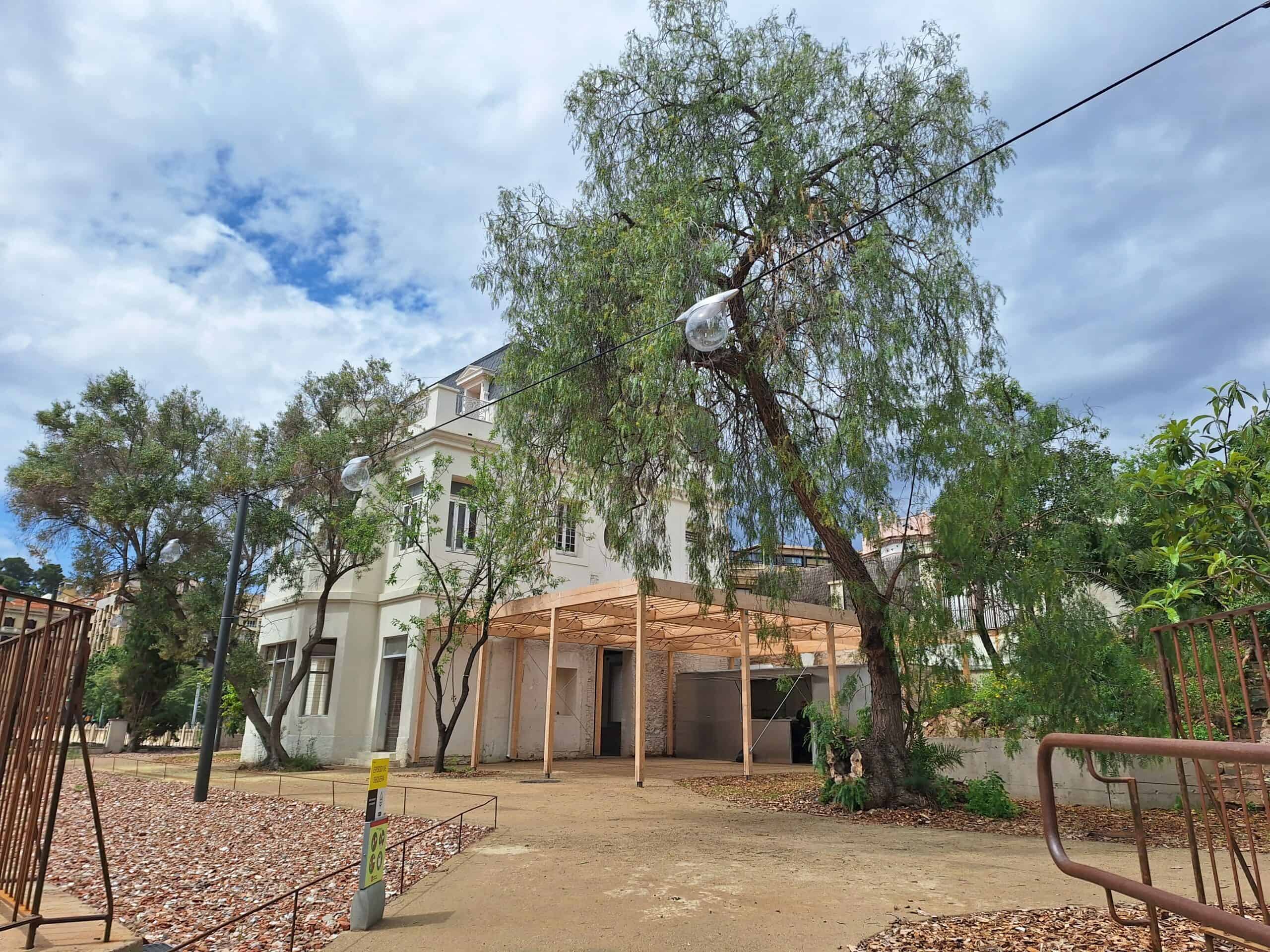In a strategy that combines the preservation of historical heritage with the creation of a modern community space, Barcelona has opened the Canals-Junyer gardens and house, located in the Gràcia district, to the public.
This project, which took ten months to complete, represents a major milestone in the revitalization of the area and offers residents and visitors a unique place to gather, relax and participate in social and cultural activities.
The renovation process has been carefully planned to respect the original character of the garden and house, while incorporating modern elements to improve functionality and accessibility.
Historic elements such as merlons, arches and cypress trees have been preserved, while new features have been added, such as a kiosk with cafeteria service and shaded seating areas.
Accessibility and connectivity
One of the most significant improvements has been the creation of a new access from Gustavo Bécquer Street, which facilitates the connection between different areas of the neighborhood. In addition, a wide and accessible staircase has been installed to ensure that everyone can enjoy the gardens and the house without difficulty.
Likewise, the design of the gardens includes a sustainable urban drainage system (SUDS), which allows the infiltration of rainwater to recharge groundwater reserves, thus contributing to environmental conservation.
In addition, recycled materials have been used and priority has been given to the use of accessible and environmentally friendly pavements.
With its unique combination of history, nature and modernity, the gardens and the Canals-Junyer house have become a landmark in the heart of Barcelona. From families looking for a quiet place to enjoy the outdoors to groups looking to organize cultural and social events, this space offers something for everyone.
A glimpse into the past: The Canals-Junyer story
The former Danish consulate, dating from the early 20th century, has been transformed into a covered public space that allows for a variety of neighborhood, social and cultural uses. The house, once a symbol of international diplomacy, is now open to the community as an inclusive and welcoming meeting point.
As this new community space is integrated into the daily life of Barcelona, it is expected to become a vibrant hub of activity and creativity.
With the continued support of local authorities and community engagement, Canals-Junyer has the potential to become a model for urban regeneration and heritage preservation throughout the city.
The opening of the gardens and the Canals-Junyer house marks the beginning of a new chapter in the history of Barcelona.




